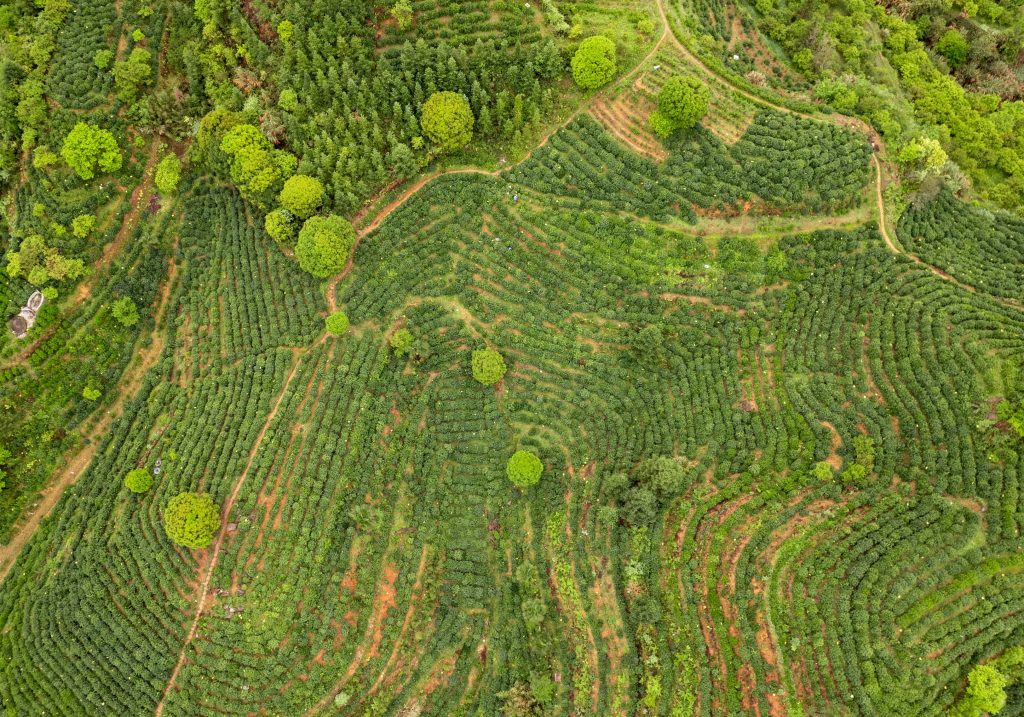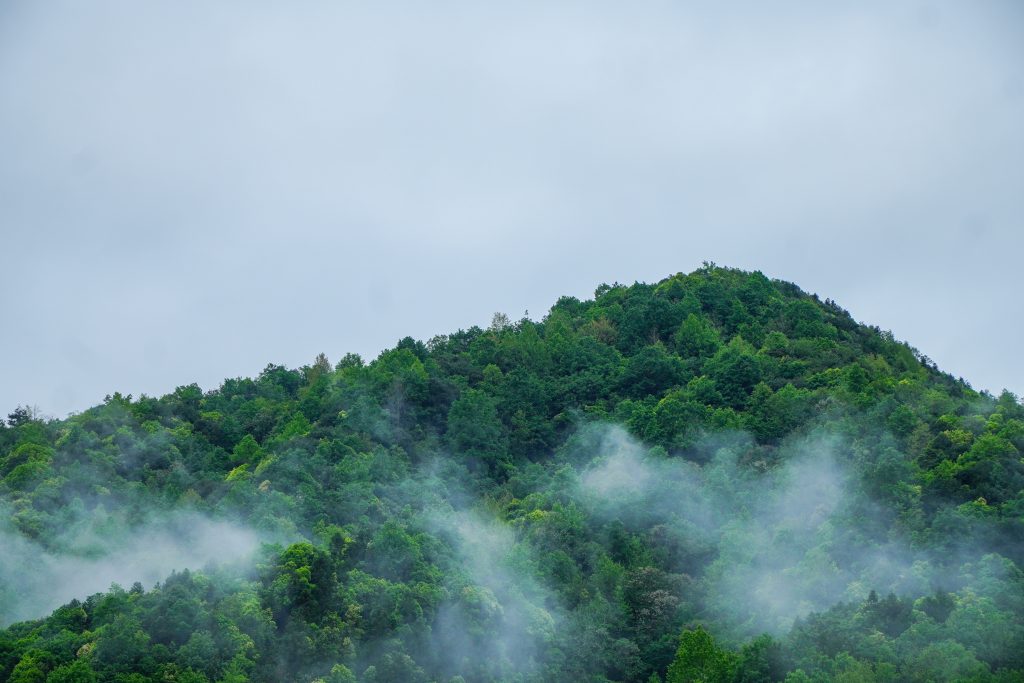$24.00 – $42.00
A more ecologically-minded take on the classic, robust "Keemun Black Tea" either for those who are looking for a high quality on-ramp into the style, or for those looking to upgrade the inputs of an existent qimen habit.
The nose is greeted with graham cracker cake as the first infusion is steeped off, producing a creamy yet brisk liquid that quickly moves from uplifting astringency to a soothing with 生津 sheng jin resalivation / juiciness. Minerality textures the broth nicely, leaving behind a residue of floral, sweet-spicy aromas on the gaiwan lid, pitcher, and empty cup. The tea experience is balanced, nutritive, and remarkably clean; straightforward yet still entertaining. The perfect red?
Inspired by Fujian hong cha styles, Qimen red tea was developed in the late 1800s and gained recognition beyond its domestic market to become the primary export commodity black tea coming out of China, competing with the leafy, maximally oxidized, and robust expressions of Indian black teas, and eventually winning gold medals at international tea expos throughout the 20th century, as well as becoming a favorite of the British royal family. Qimen is now in the ranks of the Four Major Black Teas in the world, alongside Darjeeling, Assam, and Ceylon black teas, and is a base material for Earl Grey.

The tiny specks are bug tape you can see in this aerial of thie core ecological production area on Li Mountain of Qimen county, an area comprising 80 some acres, 15 of which are cultivation-escaped / "feral"
In the late twentieth century, as the domestic economy and appetite for finer teas grew, variations on this famous export commodity were funded, producing variants featuring finer plucking grades like tippy Qimen Gold Bud as well as grades emphasizing tea tree age, garden management style, and elevation. This particular Qimen boasts the grades 荒野 Huang Ye (cultivation escaped / wild) as well as 老树 Lao Shu "old bush". Harvested in mid-April on Guanghui Village in Li Mountain between 460-600 meters.
